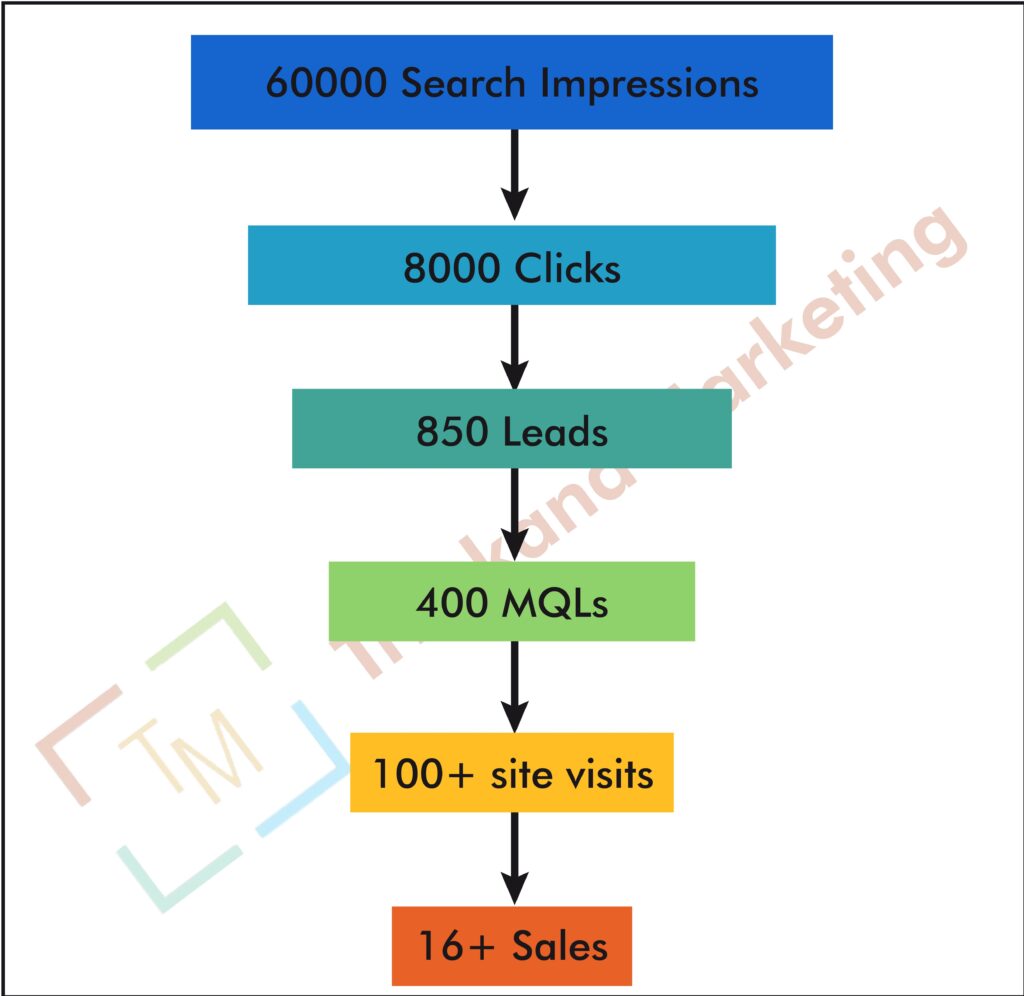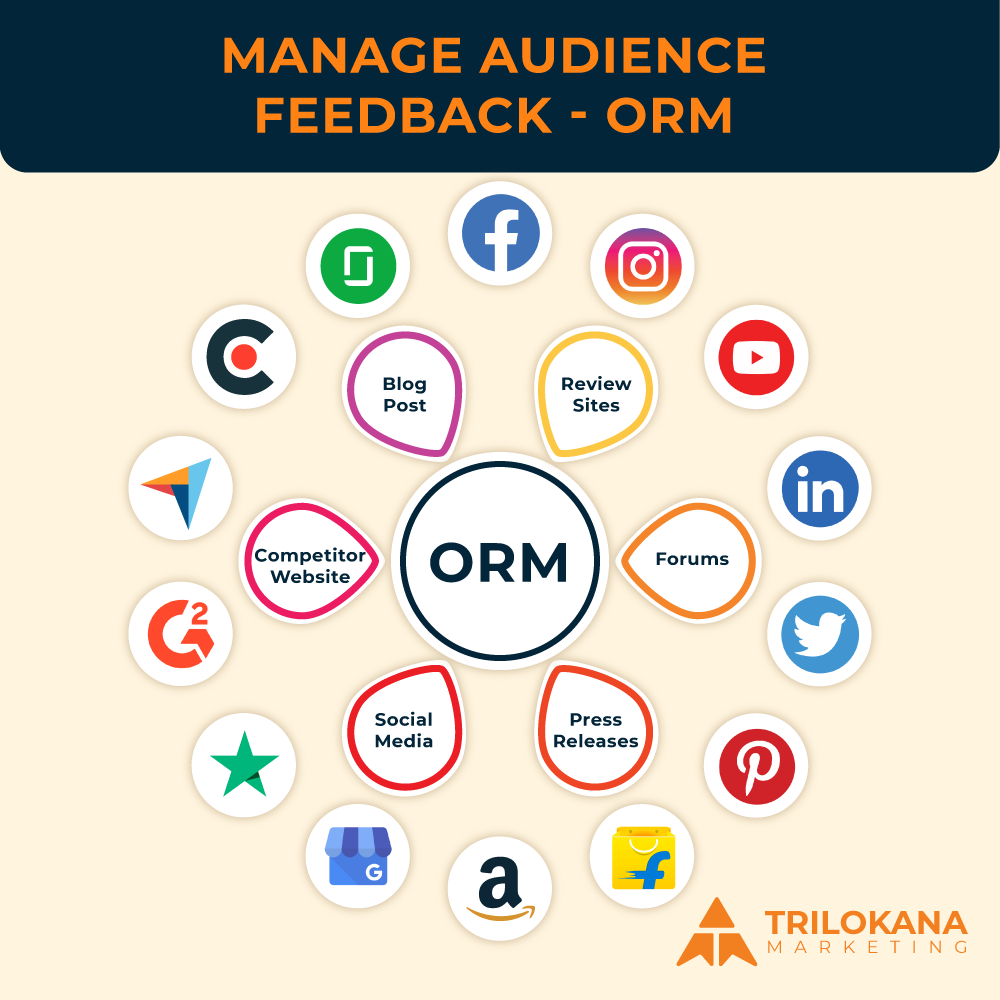The Role of Marketing Automation in Business Growth
Marketing automation can be a powerful tool for driving business growth by streamlining marketing efforts, enhancing customer engagement, and boosting efficiency. However, to achieve these benefits, it’s crucial to implement automation with a strategic approach. This guide outlines key strategies to leverage marketing automation effectively for growth.
1. Align Automation Goals with Business Objectives
Align your automation strategy with overall business goals for impactful results.
Strategy: Start by aligning your marketing automation goals with your broader business objectives. This alignment ensures that your automation efforts support key areas such as lead generation, customer retention, and revenue growth.
Key Actions:
- Define clear, measurable goals for automation (e.g., increase lead conversion rates by 20%).
- Ensure automation goals support overall business objectives.
- Regularly review and adjust goals based on business performance and market changes.
2. Map Out the Customer Journey
Create a detailed customer journey map to guide your automation strategy.
Strategy: Understanding your customer journey is crucial for effective automation. Map out the entire customer experience, from awareness to post-purchase, to identify key touchpoints where automation can enhance engagement and drive growth.
Key Actions:
- Develop detailed customer personas and journey maps.
- Identify critical touchpoints for automation (e.g., welcome emails, cart abandonment).
- Design automated workflows that address specific stages of the customer journey.
3. Implement Segmentation for Personalization
Use audience segmentation to deliver personalized and targeted marketing messages.
Strategy: Segment your audience based on demographics, behavior, and purchase history to deliver personalized content. Effective segmentation helps in tailoring messages and offers to specific groups, increasing engagement and conversion rates.
Key Actions:
- Create detailed audience segments using data and analytics.
- Develop personalized content and offers for each segment.
- Continuously refine segments based on performance and new insights.
4. Develop Automated Lead Nurturing Workflows
Create automated lead nurturing workflows to guide prospects through the sales funnel.
Strategy: Set up automated lead nurturing workflows to engage prospects at different stages of the sales funnel. These workflows should deliver relevant content and offers based on lead behavior and interactions.
Key Actions:
- Design lead nurturing workflows for different lead stages (e.g., awareness, consideration, decision).
- Automate follow-ups and content delivery based on lead interactions.
- Monitor and optimize workflows for better lead conversion rates.
5. Integrate with CRM and Other Systems
Ensure seamless integration with CRM and other systems for cohesive data management.
Strategy: Integrate your marketing automation platform with your CRM and other business systems to ensure cohesive data management and a unified view of customer interactions. This integration enhances data accuracy and improves overall marketing effectiveness.
Key Actions:
- Connect your automation platform with CRM, analytics, and other relevant systems.
- Ensure smooth data synchronization and accuracy.
- Use integrated data to inform automation strategies and improve targeting.
6. Leverage Behavioral Triggers for Timely Engagement
Utilize behavioral triggers to engage customers with timely and relevant content.
Strategy: Implement behavioral triggers to automate responses based on user actions, such as website visits, email opens, or cart abandonment. Timely engagement based on user behavior increases the likelihood of conversions and improves customer experience.
Key Actions:
- Identify key user actions that trigger automated responses.
- Set up automated workflows for different triggers (e.g., abandoned cart reminders).
- Analyze trigger performance and adjust strategies based on results.
7. Invest in Data Analytics and Reporting
Utilize data analytics and reporting to measure and optimize automation performance.
Strategy: Invest in data analytics and reporting to track the performance of your automation efforts. Analyze key metrics to gain insights into campaign effectiveness and make data-driven decisions for continuous improvement.
Key Actions:
- Set up dashboards to monitor key performance indicators (KPIs).
- Analyze data to assess the effectiveness of automation campaigns.
- Use insights to optimize strategies and improve results.
8. Continuously Test and Optimize Automation Strategies
Regularly test and optimize your automation strategies for better performance.
Strategy: Continuously test different aspects of your automation strategy to identify what works best. Conduct A/B testing on emails, workflows, and content to refine and enhance your approach.
Key Actions:
- Implement A/B testing for various campaign elements (e.g., subject lines, calls-to-action).
- Analyze test results and apply successful strategies.
- Regularly review and optimize automation processes for better performance.
9. Ensure Proper Training and Support
Provide training and support to maximize the effectiveness of your automation tools.
Strategy: Ensure that your team is well-trained in using the marketing automation platform and understands best practices. Proper training and support help in maximizing the effectiveness of automation efforts and achieving desired outcomes.
Key Actions:
- Conduct comprehensive training sessions for your team.
- Create resources and documentation for ongoing support.
- Offer continuous assistance and address any issues promptly.
10. Stay Adaptable and Future-Ready
Keep your automation strategies adaptable to stay ahead of trends and technology.
Strategy: Stay adaptable and future-ready by keeping up with the latest trends and advancements in marketing automation. Being open to new technologies and approaches helps you stay competitive and leverage automation effectively.
Key Actions:
- Monitor industry trends and emerging technologies.
- Explore new features and tools that enhance automation capabilities.
- Adapt strategies based on new developments and market changes.
Driving Growth with Strategic Marketing Automation
By following these strategic approaches, you can effectively implement marketing automation to drive business growth. Aligning goals with business objectives, personalizing content, and leveraging data analytics are key to achieving success. Stay adaptable and continuously optimize your strategies to harness the full potential of marketing automation.



